Imagine a world where the precious metals we covet are not just hidden beneath the Earth's crust but are actually migrating from the very core of our planet. This fascinating scenario is now supported by groundbreaking research that suggests gold and other precious metals are indeed leaking from the Earth's core, eventually making their way to the surface through volcanic activity. This discovery, published in the journal *Nature*, has the potential to reshape our understanding of the Earth's geological processes and the origins of our planet's valuable resources.
The Study and Its Implications
The research, led by Nils Messling, a geochemist at the University of Göttingen in Germany, involved a meticulous three-year analysis of basaltic rocks from Hawaii. These rocks, formed from plumes of magma rising from the ocean floor, hold crucial clues about the Earth's interior. The study focused on heavy metals found in these volcanic rocks, particularly ruthenium, a rare element with properties similar to gold.
"For about 40 years, geologists have suspected that the Earth's core might be losing material into the mantle, but the evidence has been ambiguous," Messling explained. "Our findings now provide the first strong evidence that some of the core's material is indeed reaching the mantle."
The implications of this discovery are profound. Scientists have long known that the majority of the Earth's gold—over 99.95%—is locked within the molten core, along with other heavy elements like platinum. These metals were concentrated in the core during the planet's formation about 4.5 billion years ago, when meteorites bombarded the young Earth. The new study suggests that a small but significant amount of these precious metals has been escaping to the surface over geological time scales.
The Journey from Core to Surface
To understand how gold and other metals might travel from the core to the Earth's surface, it is essential to delve into the planet's layered structure. The Earth's core consists of a solid inner core and a liquid outer core, both composed primarily of iron and nickel. Surrounding the core is the mantle, a thick layer of mostly solid rock that extends up to the planet's thin outer crust.
The study proposes that super-heated mantle material, originating at the core-mantle boundary, rises to the Earth's surface, forming oceanic islands like Hawaii. This process, known as mantle plume activity, involves the upwelling of molten rock from deep within the Earth. The research indicates that these plumes contain material from the core, suggesting that the core and mantle are not as isolated as previously thought.
The Role of Ruthenium
To confirm the core-mantle interaction, Messling and his team analyzed samples of Hawaiian volcanic rocks, focusing on the rare element ruthenium. Ruthenium is one of the rarest elements on Earth, with most of it concentrated in the core. The researchers extracted ruthenium from the basalt samples and examined a specific isotope that was more abundant in the Earth's early building materials.
"The mantle has almost no ruthenium in it," Messling said. "The presence of this isotope in the volcanic rocks suggests that the material originated from the core. This is a significant finding because it indicates that the core is not isolated and that material from the core can indeed reach the mantle and eventually the surface."
The Process and Challenges
The process of extracting and analyzing ruthenium from the basalt samples was both novel and challenging. The researchers started with half a kilogram of rock, crushed it into a powder, and then melted it with various chemicals to create a liquid sample. From this sample, they extracted elements from the platinum group, focusing on ruthenium.
"Measuring ruthenium in rocks that contain such a minuscule amount of it was like finding a needle in a planet-sized haystack," Messling said. "It was a long and painstaking process, but the results were worth the effort."
The Future of Gold and Other Precious Metals
The study's findings raise intriguing questions about the future of gold and other precious metals. If the core continues to leak these metals, albeit in tiny amounts, it suggests that the Earth's crust might be slowly replenishing its supply of gold. While the quantities involved are minuscule compared to the vast reserves in the core, the continuous process could have significant implications over geological timescales.
"It's a fascinating idea that the gold we mine might have originated from the core," Messling said. "Even though the amount of core material in a single rock is negligible, over 4.5 billion years, this process could have a substantial impact on the Earth's composition."
Expert Reactions and Future Research
The study has garnered positive reactions from other experts in the field. Pedro Waterton, an assistant professor of geochemistry at the University of Copenhagen, noted that the findings strengthen the case that some mantle plumes incorporate material from the Earth's core.
"This study really nails the conclusion that the core does contribute some material to the mantle," said Jesse Reimink, an associate professor of geosciences at Pennsylvania State University. "It's an exciting development that could change how we think about the Earth's geological processes."
Helen Williams, a professor of geochemistry and planetary science at the University of Cambridge, emphasized the significance of the findings. "This research confirms that mantle plumes do indeed contain material derived from the Earth's metallic core," she said. "It's an exciting step forward in our understanding of the Earth's interior."
The discovery that gold and other precious metals are leaking from the Earth's core to the surface is a remarkable revelation. It not only challenges our understanding of the Earth's geological structure but also opens new avenues for research into the planet's formation and the origins of its valuable resources. While the quantities of gold reaching the surface are minuscule, the continuous process suggests that the Earth's crust might be slowly replenishing its supply of precious metals.
As scientists continue to explore the mysteries of the Earth's interior, the study of mantle plumes and core-mantle interactions will remain a crucial area of research. The findings from Hawaii's volcanic rocks are just the beginning. They remind us that the Earth's geological processes are dynamic and interconnected, and that even the most precious metals are part of a much larger, ever-changing system.

By Daniel Scott/Jun 6, 2025

By John Smith/Jun 6, 2025
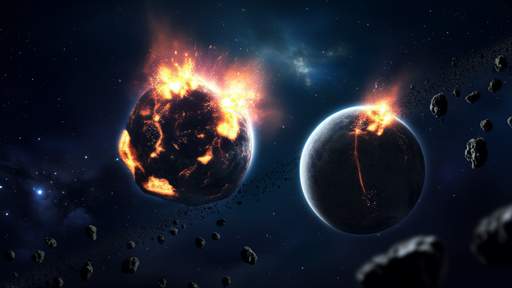
By Daniel Scott/Jun 6, 2025
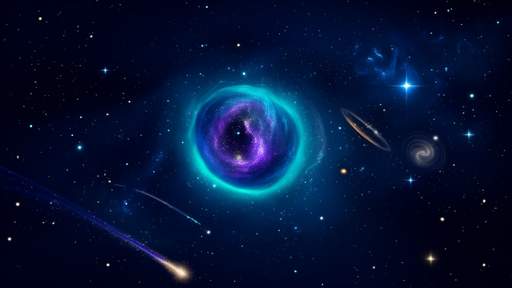
By Emma Thompson/Jun 6, 2025

By Sophia Lewis/Jun 6, 2025

By Olivia Reed/Jun 6, 2025

By Joshua Howard/Jun 6, 2025
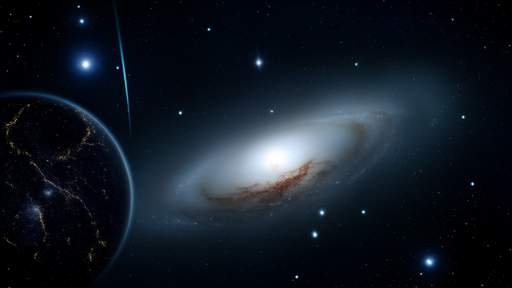
By David Anderson/Jun 6, 2025

By Emma Thompson/Jun 6, 2025

By Emily Johnson/Jun 6, 2025

By Samuel Cooper/Jun 6, 2025
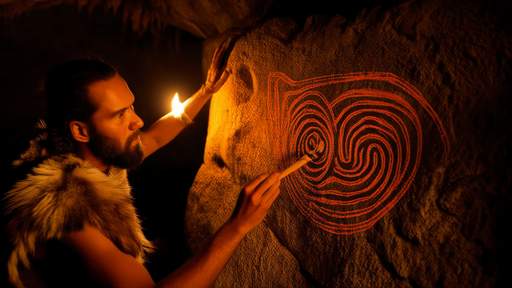
By Emily Johnson/Jun 6, 2025

By Sophia Lewis/Jun 6, 2025
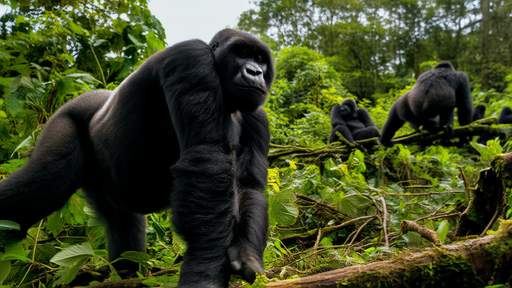
By Jessica Lee/Jun 6, 2025